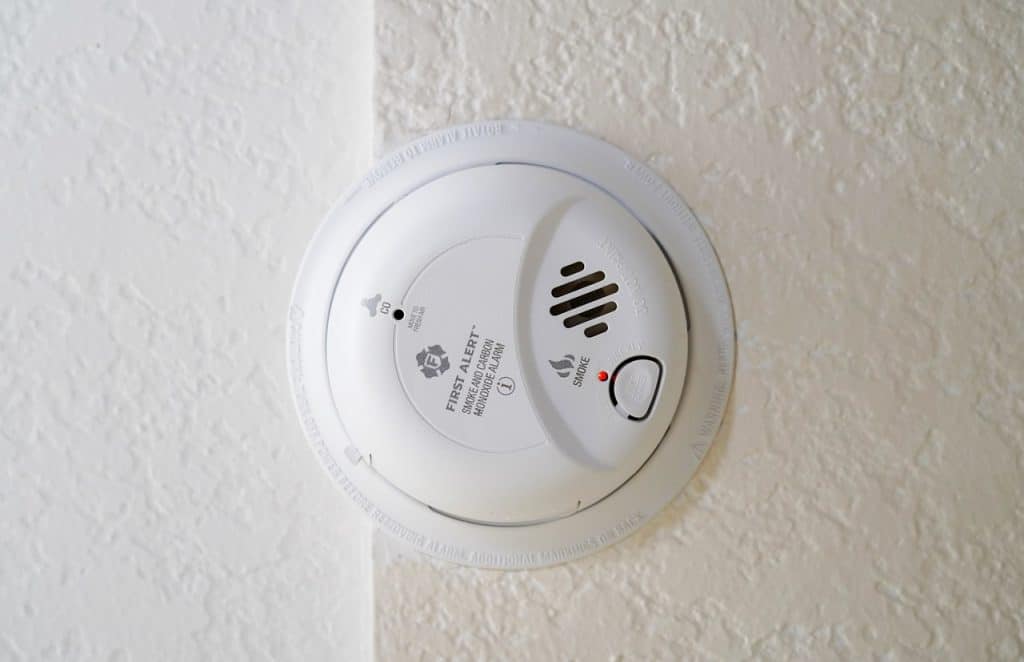Smoke alarms assume a paramount role in fire safety, serving as a crucial line of defence against the potentially devastating impact of fires. These unobtrusive devices are our first line of defence in the event of a fire. They provide early detection, sounding an alarm at the first sign of smoke, giving us crucial moments to react. The importance of a smoke alarm cannot be overlooked.
According to the home office, in the year ending March 2022, fires, where a smoke alarm was present, but either did not operate or did not raise the alarm accounted for just under a third (31%) of all dwelling fires. It was also recorded that a smoke alarm was present and raised the alarm (i.e. functioned as intended) in 45 per cent of dwelling fires in the year ending March 2022 but in only 28 per cent of fire-related fatalities, highlighting the importance of both having working smoke alarms and having enough of them to cover all areas in a dwelling. Additionally, fires where a smoke alarm was not present, accounted for 48 per cent of all other building fires in the year ending March 2022. These are just a few of the many statistics that highlight the importance of smoke alarms.
So what does this all mean?
The statistics underscore the critical role that functioning smoke alarms play in fire safety. While having a smoke alarm is a step in the right direction, it’s the proper functioning and placement of these devices that truly matters. Alarming data reveals that a significant percentage of dwelling fires occurred where smoke alarms were either absent or failed to operate as intended. These alarming scenarios starkly emphasize that the presence of a smoke alarm alone is insufficient; it must work effectively to provide the early warning needed for a safe escape. Furthermore, the disparity between the presence of working smoke alarms in fires and fire-related fatalities is a sobering reminder of the need for comprehensive coverage within a dwelling. A robust network of properly functioning smoke alarms, strategically placed throughout living spaces, is an essential aspect of fire safety that can undoubtedly make a life-saving difference.
What are the typical instances of malfunctioning or incorrectly used fire alarms?
According to the Home Office, these are the following reasons some alarms did not function as expected.
- Alarm battery missing
- Alarm battery defective
- The system was not set up correctly
- System damaged by fire
- The fire was not close enough to the detector
- Fault in system
- System turned off
- Fire in an area not covered by the system
- Detector removed
- Alerted by other means
A shocking 13% of fire-resulting casualties, for battery-powered smoke alarms, were a result of fire products not reaching the detector. This surprising statistic serves as a poignant reminder of the critical importance of not only having fire alarms installed but also ensuring that they are strategically placed within the optimal range of the detector’s operation.
In the realm of fire safety, seeking professional advice and following recommended guidelines can make a significant difference. Whether it’s understanding the best placement for alarms, knowing when to replace batteries, or comprehending the nuances of alarm technology, seeking advice from those well-versed in fire safety can contribute to better protection.
To find out how Martyn Young Fireproofing Consultancy we can help contact us on 07585 896648


